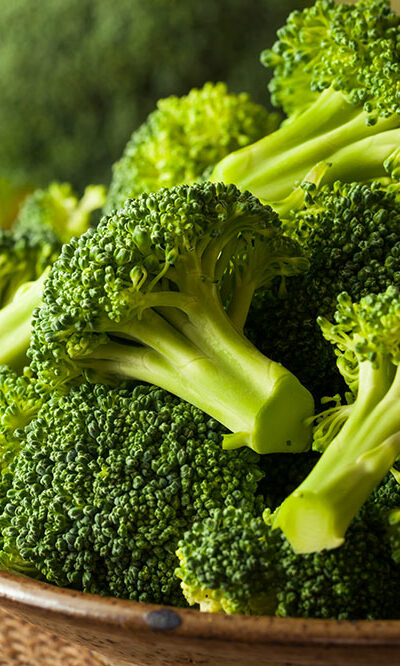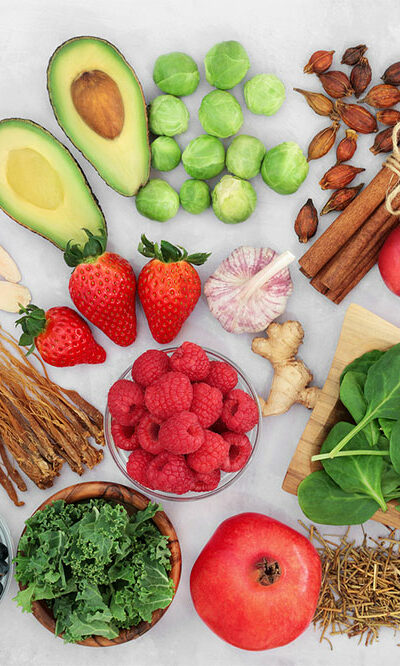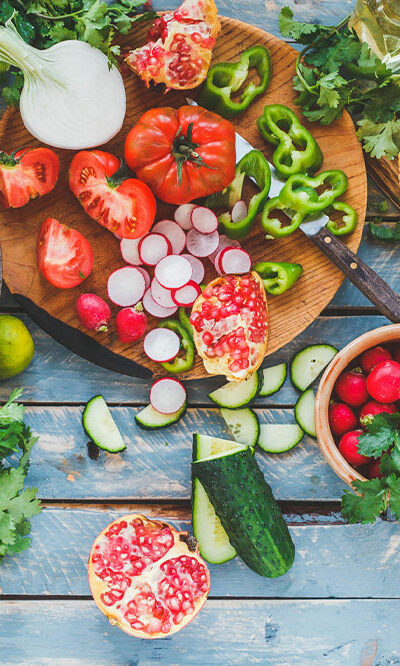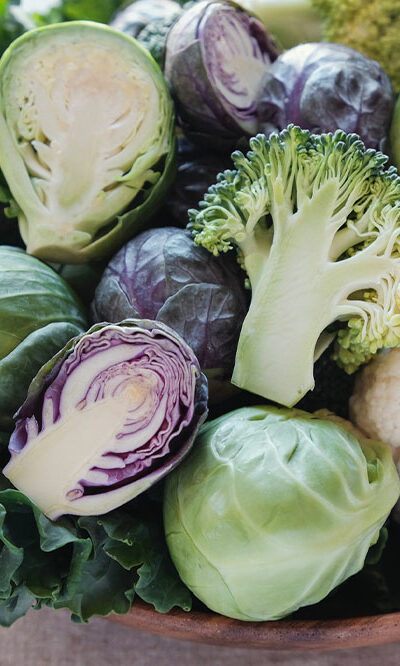
4 ways to prevent the progression of vitiligo
Vitiligo is a progressive skin condition characterized by depigmented patches of skin. The white areas (called macules) can develop on one’s forearms, hands, face, and feet. This unpredictable condition can be better managed with assistance from a healthcare professional. Individuals must focus on managing and controlling aspects of the condition within their reach. While there is no cure for the skin disease, adhering to expert guidelines can aid in preventing further progression of vitiligo. 1. Avoid tanning beds Tanning beds are not a safe way to achieve the desired sun tan. They can cause the skin to burn, especially on patches that lack pigmentation. Using tanning beds can also worsen vitiligo and lead to further progression. Instead of helping individuals achieve pigment or tanning on the affected skin patches , the device can make those patches more noticeable. 2. Look for shade Affected vitiligo patients are recommended to stay indoors or under shade as much as possible to prevent the condition from progressing. This helps protect the skin from getting sunburned or tanned. Finding shade outdoors is particularly vital when one’s shadow is shorter than the body, as this indicates that the sun’s rays are the most intense. Shorter shadows also mean the skin is more susceptible to damage from the sun’s rays. 3. Wear protective clothing Wearing the right clothes is one of the easiest and most effective ways to protect against skin damage due to vitiligo. Some types and fabrics of clothing are preferable to others when planning to spend time in the sun. Long-sleeved, light, and breathable clothes are best to stay protected from the sun’s harmful rays. 4. Use sun protection Sunscreen is a first line of defense against sun damage, but it’s often overlooked. To safeguard the affected skin , it’s important to apply a generous amount of sunscreen with SPF 30 or higher to all the exposed areas.










